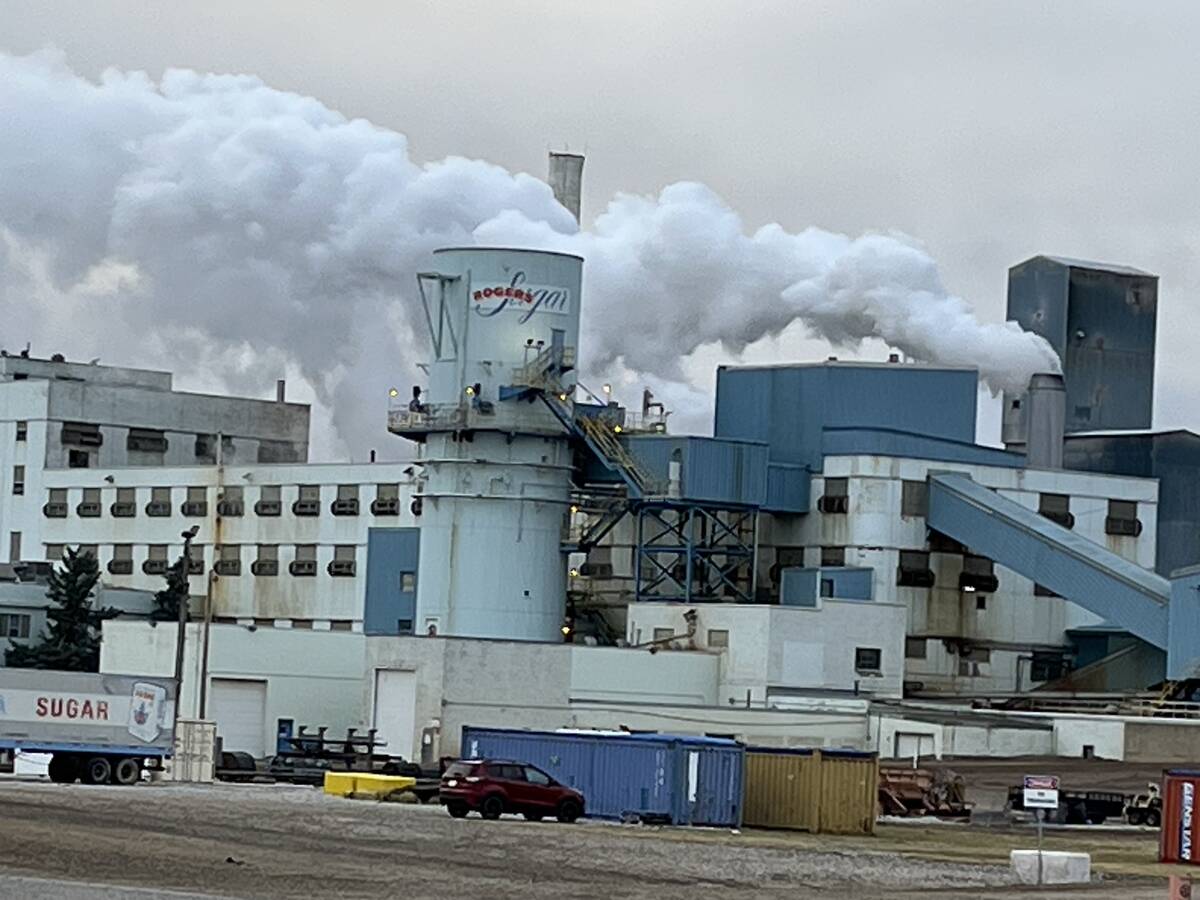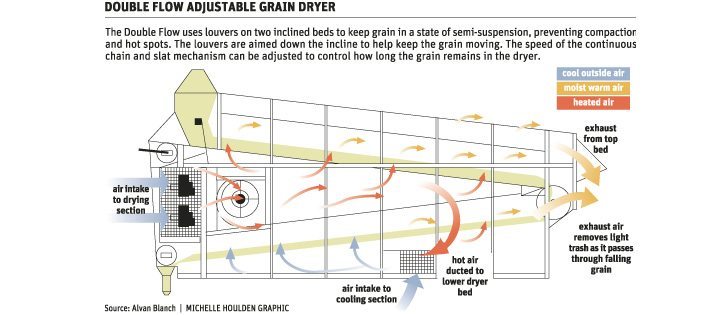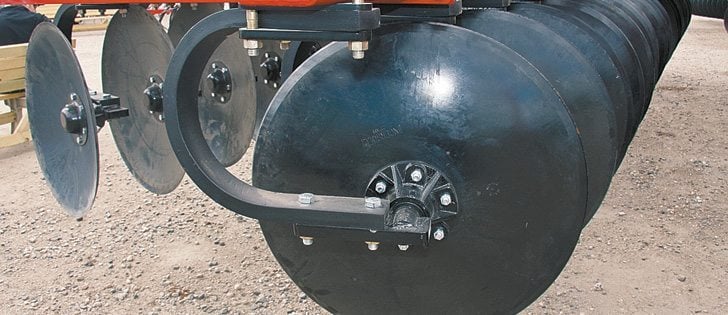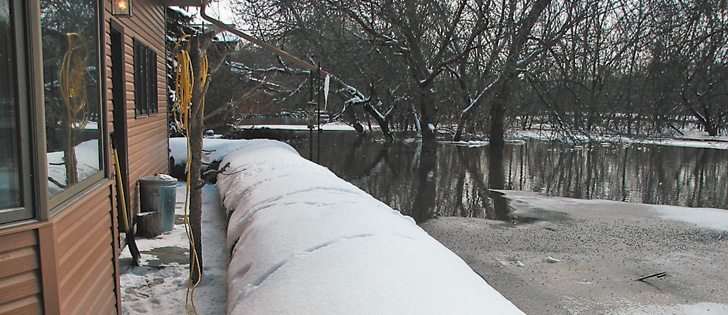Granular inoculants are living organisms, despite their fertilizer-like appearance. Delivering them to the soil in good condition is critical to large rhizobial populations that will encourage pulse crops to fix their own nitrogen.
Danielle Fletcher of inoculant maker Becker Underwood said granular products are designed to survive the harshness of spring weather, less than ideal soil pH levels and seed treatments that are designed to kill things like bacteria.
However, there is a limit to how much they can take, particularly in the hostile environment found inside an air seeder’s tank and tubes.
Read Also

Sugar beet harvest underway in southern Alberta
Alberta Sugar Beet Growers hosts field tour to educate the public on the intricacies of the crop, its harvest process, and contracts with Lantic Sugar
“They are engineered to be tough, but you can do them a lot of harm if you work at it,” said the southern Alberta agronomist.
Checking metering rollers and tank seals is critical to achieving the proper rhizobial population.
She said producers need a separate tank for the inoculant. Mixing with seed or nutrients isn’t reliable and can create dry or toxic environments for the rhizobia.
Some products can be damaged inside the auger tube. If the manufacturer states that the auger should not be used, then farmers should carry the bag to the top of the cart, being careful on the way up the ladder.
Caution is needed when filling the tanks because of the moisture levels in the inoculants. Tanks shouldn’t be filled above half to avoid bridging, unless it is a small, specialty products tank.
Metering systems should be checked regularly, especially in high humidity or where the machine is kept tightly closed overnight. Condensation can build up and cause the product to stick the next day.
Fletcher said granules should not be left in the tank overnight.
“You don’t want moisture migration, so empty the machine of inoculant overnight,” she said.














